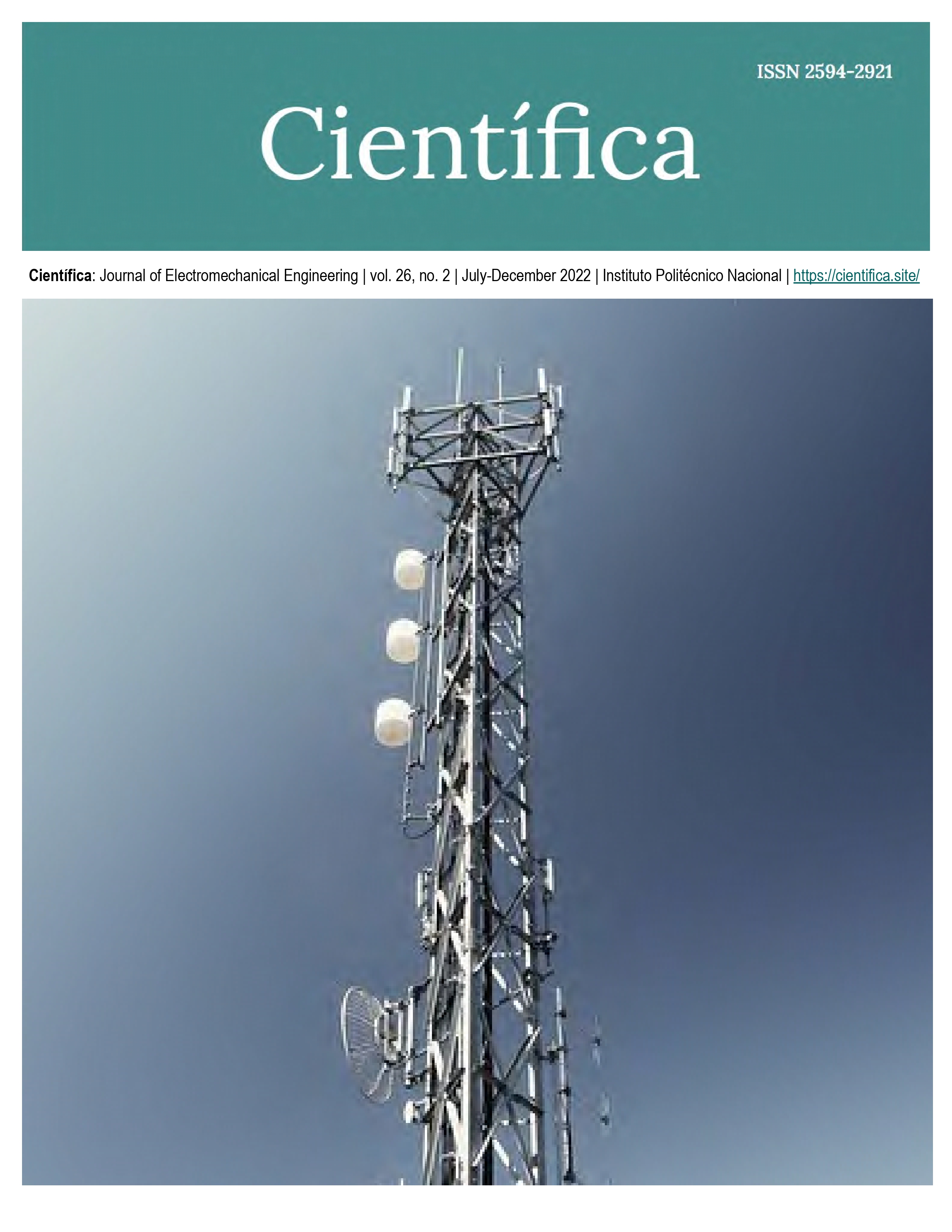Pareo de necesidades domésticas simples con aplicaciones de reutilización de productos
DOI:
https://doi.org/10.46842/10.46842/ipn.cien.v26n2a05Palabras clave:
product reutilization, low-cost domestic reutilizationResumen
The long and complex process of degradation of synthetic polymers presents important ecological challenges throughout the planet. We can see direct impacts in the excessive accumulation of plastics that often end up in their incineration, which in turn contributes to pollution and the deterioration of the environment. Although several governments worldwide have been developing programs that promote alternatives to waste reduction through recycling, the reality is that these programs are often ineffective since they are not consistent with the needs and accessibility of consumers. Product reutilization could be a more plausible alternative for individuals.
A wide variety of products made out of glass, paper, plastic, and metals can be used domestically. To promote reutilization, this manuscript presents a triad of ideas to give creative and functional use to reutilized products by using them to approach real problems like mitigating high indoor temperatures and providing aesthetic solutions for gardening and home decoration, among others.
Referencias
Visual Feature, Beat Plastic Pollution, unep.org, 2022. [Online]. Available: https://www.unep.org/interactives/beat-plastic-pollution/. [Accessed: 28- Feb- 2022].
M. David, 20 datos sobre el problema del plástico en el mundo, 2022. [Online]. Available: https://www.nationalgeographic.com.es/mundo-ng/20-datos-sobre-problema-plastico-mundo_15282. [Accessed: 28-Jan-2022].
United Nations Environment Programme (UNEP), Sinlge-use Plastics: A Roadmap for Sustainability, Economy Division of UNEP, Tsurumi-ku, Osaka, Japan, 2018.
M. Pearson, E. Khare, “Addressing the single-use plastic proliferation problem”, MIT Science Policy Review, no. 3, 2022, DOI: https://doi.org/10.38105/spr.ro3uhoc2lz
J. Guo, Z. Deng, “On the management of domestic garbage and its significance for sustainable development”, IOP Conference Series Earth and Environmental Science, no. 208, 2018, DOI: https://doi.org/10.1088/1755-1315/208/1/012111
M. Gil-Lamata, M. P. Latorre-Martínez, “The circular economy and sustainability: a systematic literature review”, Cuadernos de Gestión, vol. 22, no. 1, 2022, DOI: https://doi.org/10.5295/cdg.211492mg
L. Knosková, “Circular design and consumer involvement in circular economy”, Studia Commercialia Bratislavensia, vol. 13, no. 1, 2022, DOI: https://doi.org/10.2478/stcb-2020-0001
M. Riesener, C. Dölle, C. Mattern, J. Kress, “Circular Economy: challenges and potentials for the manufacturing industry by digital transformation”, 2019 IEEE International Sysmposium on Innovation and Entrepreneurship (TEMS-ISIE), 2019, pp 1-7, DOI: https://doi.org/10.1109/TEMS-ISIE46312.2019.9074421
P. Morseletto, “Targets for a circular economy, Resources”, Conservation and Recycling, no. 153, 2020, DOI: https://doi.org/10.1016/j.resconrec.2019.104553
A. Atasu, V. Daniel, R. Guide, L. N. Van Wassenhove, “Product reuse economics in closed-loop supply chain research”, Production and Operations Management, vol. 17, no. 5, 2009, DOI: https://doi.org/10.3401/poms.1080.0051
D. Cooper, T. G. Gotowski, “The environmental impacts of reuse: a review”, Journal of Industrial Ecology, vol. 21, no. 1, 2015, DOI: https://doi.org/10.1111/jiec.12388
G. Ruggeri, C. Mazzocchi, S. Corsi, B. Ranzenigo, “No more glass bottles? Canned wine and Italian consumers”, Foods, vol. 11, no. 8, 2022, DOI: https://doi.org/10.3390/foods11081106
T. Smallbone, “How can domestic households become part of the solution to England's recycling problems?”, Business Strategy and the Environment, vol. 14, no. 2, 2005, DOI: https://doi.org/10.1002/bse.442
Ch. Bhanuprakash, V. Mummina, M. Chakravarti, “Performance Evaluation of an Eco-Cooler analysed by varying the Physical and flow Parameters”, IOP Conference Series: Materials Science and Engineering, no. 377, pp. 12-24, 2018, DOI: https://doi.org/10.1088/1757-899X/377/1/012024
"Glass: Material-Specific Data | US EPA", US EPA, 2022. [Online]. Available: https://www.epa.gov/facts-and-figures-about-materials-waste-and-recycling/glass-material-specific-data#:~:text=The%20amount%20of%20recycled%20glass,with%20energy%20recovery%20that%20year. [Accessed: 25- Jan- 2022].
A. Marc, “Creative reuse of waste for interior and garden decorations, Scientific Bulletin Series D: Mining, Mineral Processing, Non-Ferrous Metallurgy”, Geology and Environmental Engineering, vol. 32, no. 1, 2018.
P. Nieves, Ahogados en botellas... vacías - Centro de Periodismo Investigativo. [Online] Centro de Periodismo Investigativo, 2022. Available: http://periodismoinvestigativo.com/2011/10/ahogados-en-botellas-vacias/ [Accessed 31 March 2022].
Japanese Square Knot, "Japanese Square Knot: netknots", Netknots.com, 2022. [Online]. Available: https://www.netknots.com/ropeknots/japanese-square-knot. [Accessed: 30- Jan- 2022].
Animatedknots , "Barrel Hitch", Animatedknots.com, 2022. [Online]. Available : https://www.animatedknots.com/barrel-hitch-knot. [Accessed: 30- Jan- 2022].
Constrictor Knot, "Constrictor Knot (Twisting Method)", Animatedknots.com, 2022. [Online]. Available: https://www.animatedknots.com/constrictor-knot-twisting-method. [Accessed: 30- Jan- 2022].
Descargas
Publicado
Número
Sección
Licencia
Derechos de autor 2022 Instituto Politécnico Nacional

Esta obra está bajo una licencia internacional Creative Commons Atribución-NoComercial-CompartirIgual 4.0.

